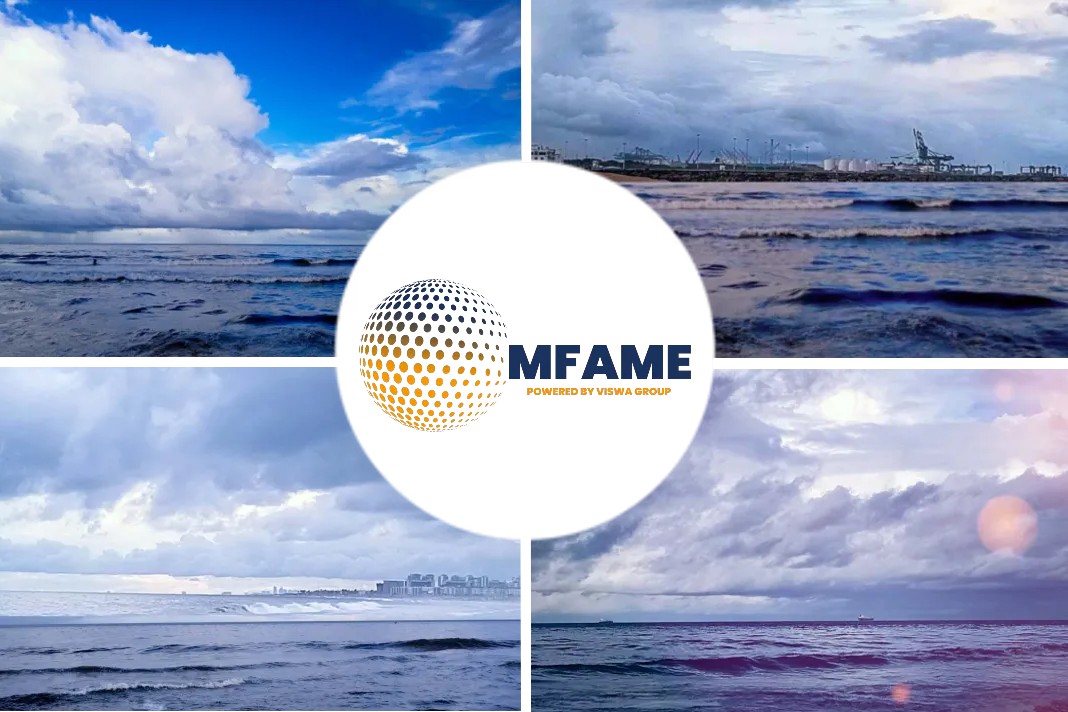- ABS has unveiled the latest trends and projections on carbon-reduction strategies.
- It comes at the right time as the shipping industry is looking for ways to achieve decarbonization.
- It examines new fuels, technologies, and operational measures.
- There are three elements that are crucial for getting over the challenges.
- Vessel energy-efficient technologies, operational optimization and low and zero-carbon or carbon-neutral fuels.
- ABS collaborated with MSI to create a global scenario for future CO2 emissions.
Petroleum-based fuels will have considerable market share by 2050.
ABS has published the latest trends and projections on carbon-reduction strategies for shipping as the industry looks to meet decarbonization ambitions, says a press release published on their website.
Latest trends and projections
ABS has published the latest trends and projections on carbon-reduction strategies for shipping.
Setting the Course to Low Carbon Shipping examines new fuels, technologies, and operational measures and matches that with forecasts for the world’s key trade lanes to envision what shipping may look like in 2030 and 2050.
The second of two ‘Outlook’ documents – the first was published in June 2019 – it applies what ABS currently knows about existing and future fuels to project which energy source could be best suited for each trade lane and what that may mean for the design of the vessels working them.
Challenges riddled with three elements
“Maritime’s decarbonization challenge can be regarded as a complex riddle with three elements: vessel energy-efficient technologies, operational optimization and low and zero-carbon or carbon-neutral fuels. All elements have a role to play, but we have identified that the rate of shipping’s transition to lower carbon fuels will have the single biggest impact on its global carbon footprint; more than any predictable shifts in commodity demand, enhancements to operating practices, vessel routings, or ship designs,” said Christopher J. Wiernicki, ABS Chairman, President, and Chief Executive Officer.
He added, “The models in our research suggest our industry will meet the targets for the reduction in carbon intensity by 2050, but it might miss the target for the total GHG emitted annually. In short, there is a gap between the industry’s present course and its stated ambition.”
Outlook’s approach was supported by Maersk
Palle B. Laursen, Maersk Chief Technical Officer, said: “In Maersk, we have for more than a decade been industry leaders in CO2 efficiency, and we have set ourselves the bold target of becoming carbon neutral by 2050. To bring this ambition to life, we need to bring the first commercially viable carbon neutral vessel into operation by 2030 already, which can only happen if we work together across the industry and supply chain, which is why the research from ABS on decarbonization pathways and what shipping may look like in the future is well-timed. The study is thorough and comprehensive, and links the task ahead with practical steps of implementation.”
ABS collaborates with MSI for future CO2 emissions
ABS collaborated with Maritime Strategies International (MSI) to create a global scenario for the future CO2 emissions from shipping, which takes into account the future variation of fuels used in vessels, as well as the decarbonization of different industrial sectors on which shipping depends. ABS also worked with Herbert Engineering Corp. (HEC) to develop a series of the tanker, bulk carrier, and container ship design concepts to explore practical options for meeting IMO greenhouse gas goals.
Research in the Outlook suggests that, on the current trajectory, petroleum-based fuels will still have considerable market share by 2050, which has significant implications for meeting the emissions challenge.
Did you subscribe to our daily newsletter?
It’s Free! Click here to Subscribe!
Source: ABSInfo

















